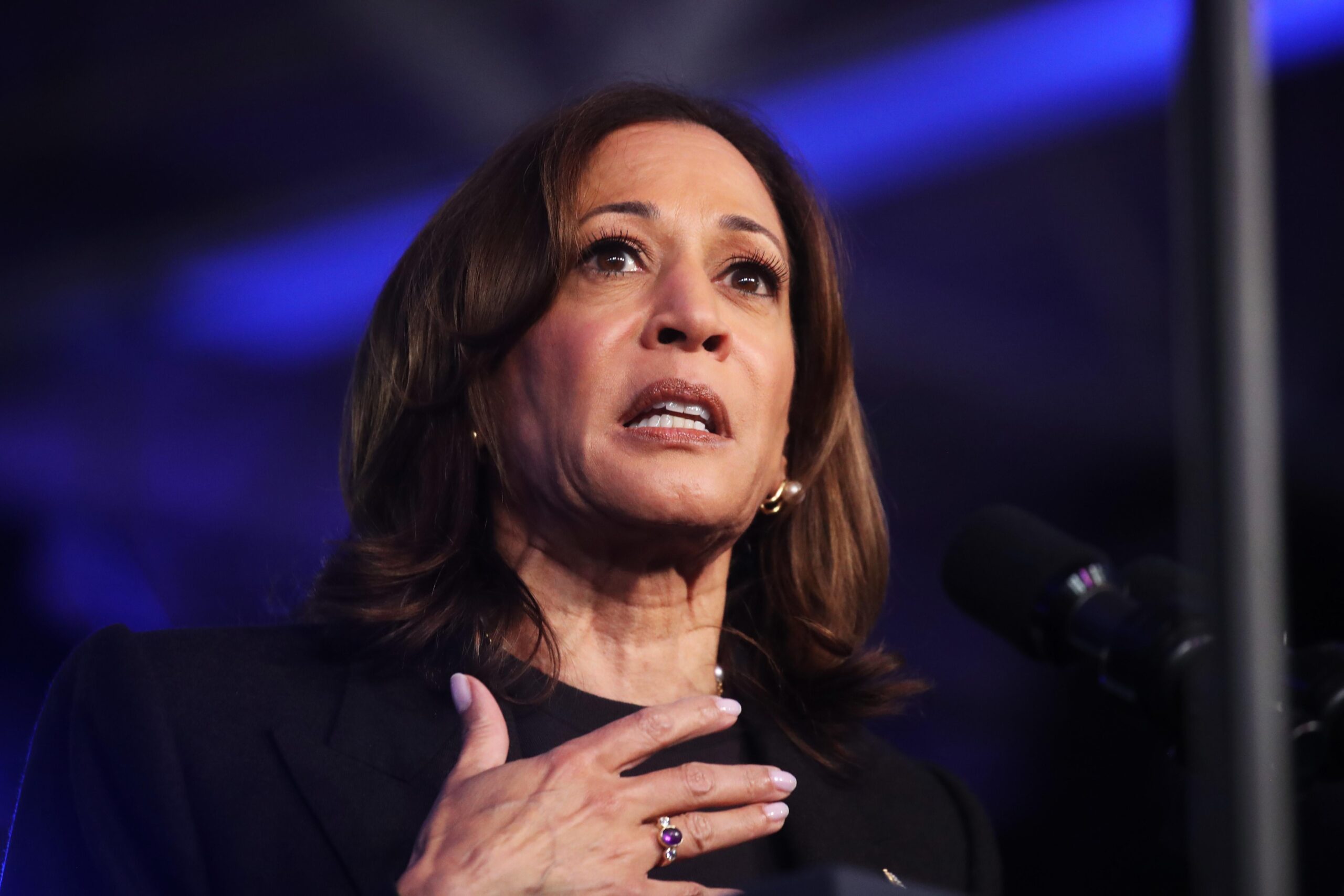Politics
Are the Polls Making You Anxious?

Trump Harris polls: Are you getting anxious about the U.S. presidential election? Let’s break it down. The upcoming election has everyone on edge, especially as Halloween and Election Day draw near. Polls are tightening for both sides, but what does this really mean?
Kamala Harris’ lead in national polling averages has shrunk by nearly a point, now sitting just below 2 percent. This is worrisome when considering the Electoral College favors small, rural states that typically lean Republican. In key swing states, her position is similarly precarious. According to recent data, she leads in four out of seven swing states—Michigan, Nevada, Pennsylvania, and Wisconsin—by less than a point, which is alarmingly close. However, it’s worth noting that many recent polls are from smaller organizations that lack a strong track record in accuracy. A more reliable source, the Washington Post’s poll tracker, shows Harris’s standing is relatively stable, albeit still in a tight race.
Turning to early voting, there’s a noticeable shift as more Republicans are casting ballots before Election Day. Reports show that early ballot submissions in Nevada are significantly more Republican than in recent elections. This trend raises alarms; if Democrats are faltering in a state that’s been neck and neck, it could spell trouble nationally. However, it’s critical to recognize potentially shifting voter behaviors. The GOP, having shifted its messaging on early voting, is encouraging participation, especially in light of past concerns about COVID. While many Democrats are comfortable returning to the polls, the early voting landscape may not reflect a definitive partisan wave.
On the economic front, Harris appears to be holding her own. Recent polling reveals she is nearly tied with Trump on crucial economic issues, which had been a weak point in her campaign due to inflation concerns. The AP/NORC poll shows Harris slightly better positioned than Trump regarding jobs and housing costs, even seeing a notable advantage on middle-class taxes. Yet, in swing states, where competition is fierce and advertising saturation is high, she lags behind Trump regarding voters’ personal economic prospects.
There’s also the persistent issue of polling accuracy. Historical patterns suggest that Trump has a unique ability to galvanize those who are infrequent voters and hard to capture in surveys. Even with adjustments in polling methods since 2020, uncertainty remains until actual votes are counted. There’s the chance polling may also be missing out on Democrats’ enthusiasm, especially as they navigate their own turnout strategies this cycle.
The recent primary results in Washington hint at a possible Democratic resurgence. With a structure that encourages high turnout from both parties, Democrats might be positioned to outperform current predictions. The landscape is complex, and various factors should be considered before drawing conclusions about the upcoming election.
As we assess the political climate, let’s rate the current situation on our anxiety meter. This week, we’re at a moderate level of concern regarding Trump’s potential reelection: think four cautionary shovels—just enough to pay attention but not enough to panic. The next few weeks promise to be eventful, so keep an eye on the evolving narrative.
